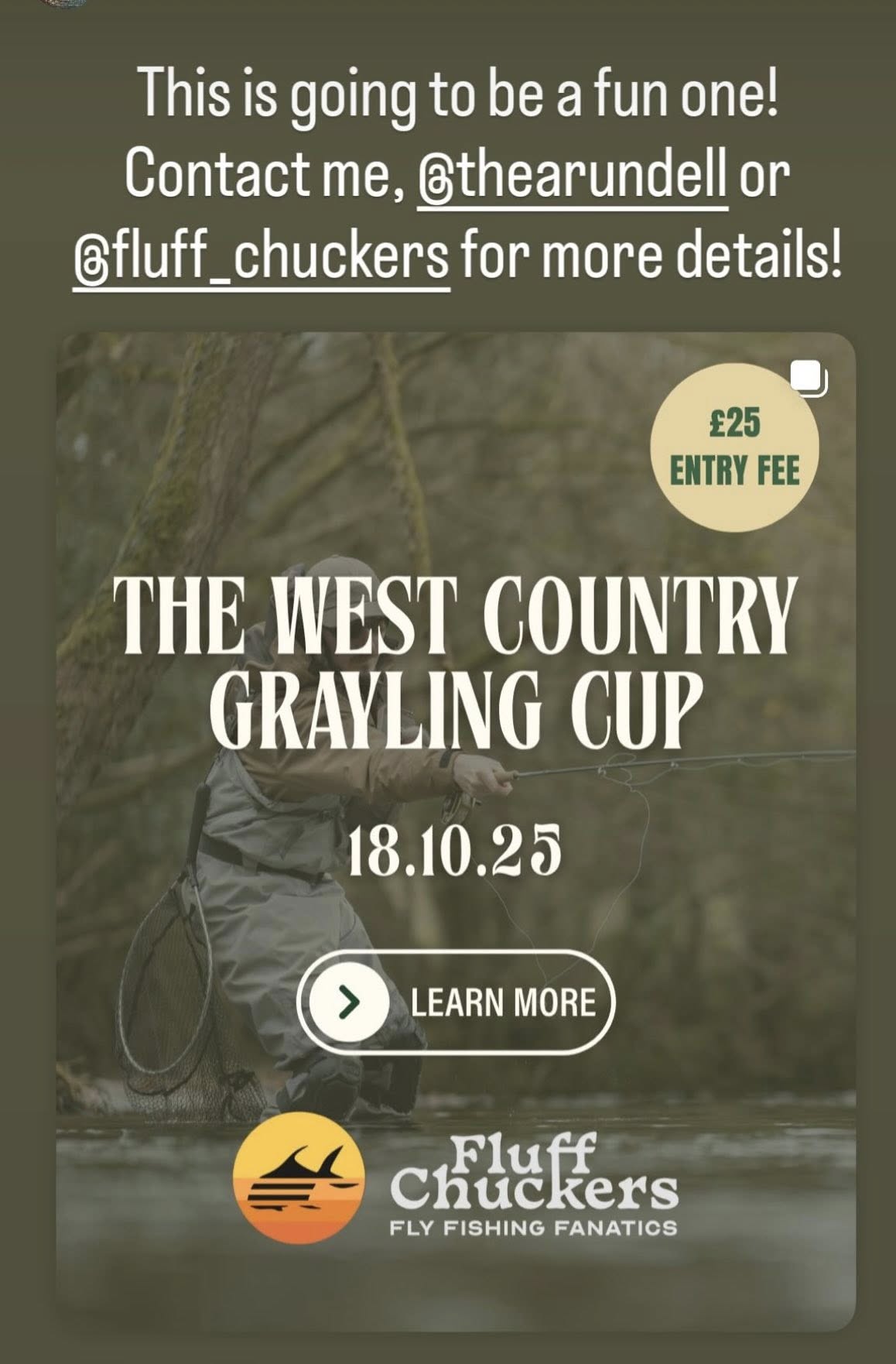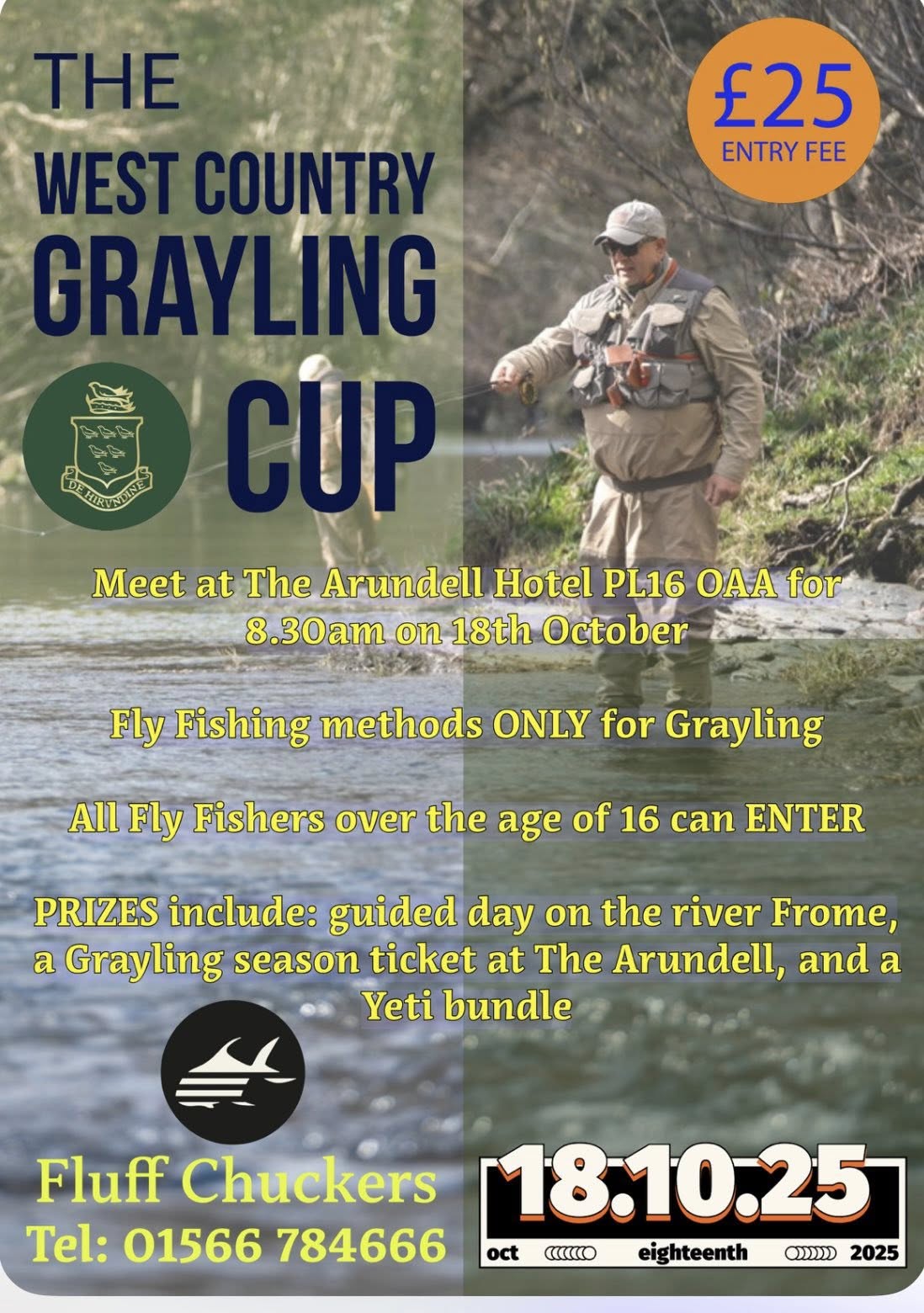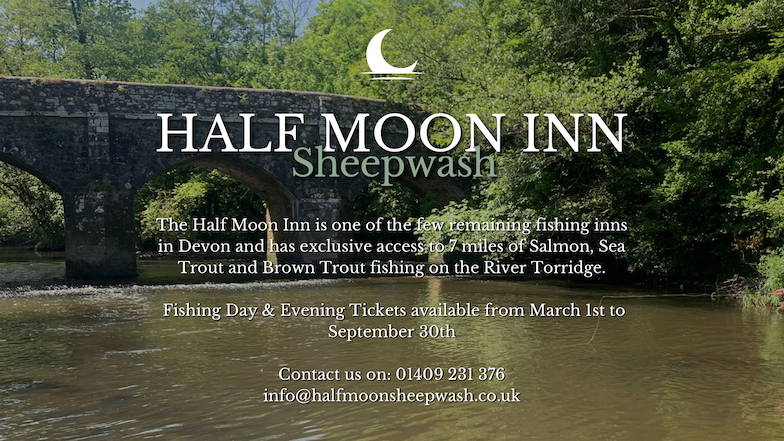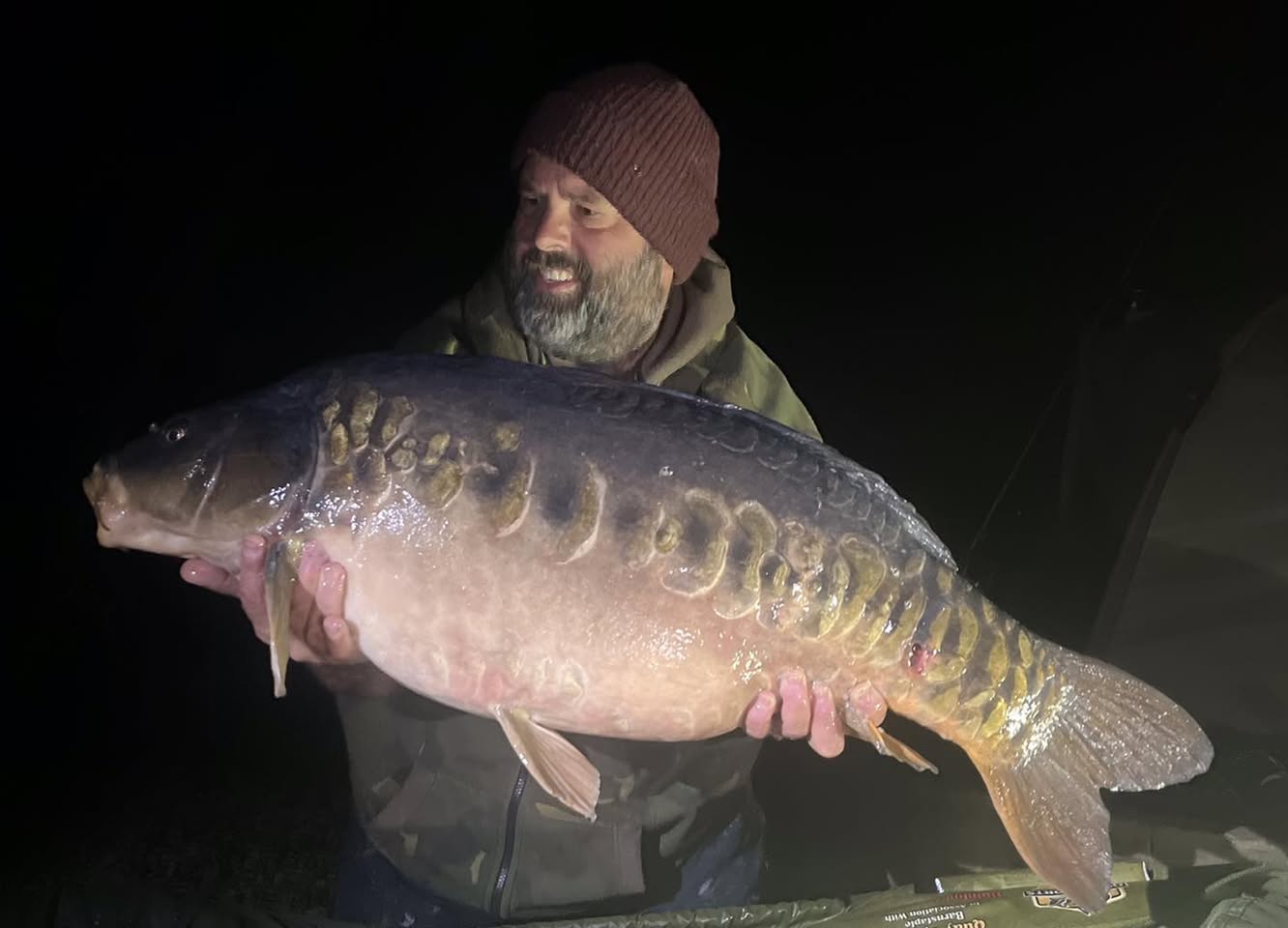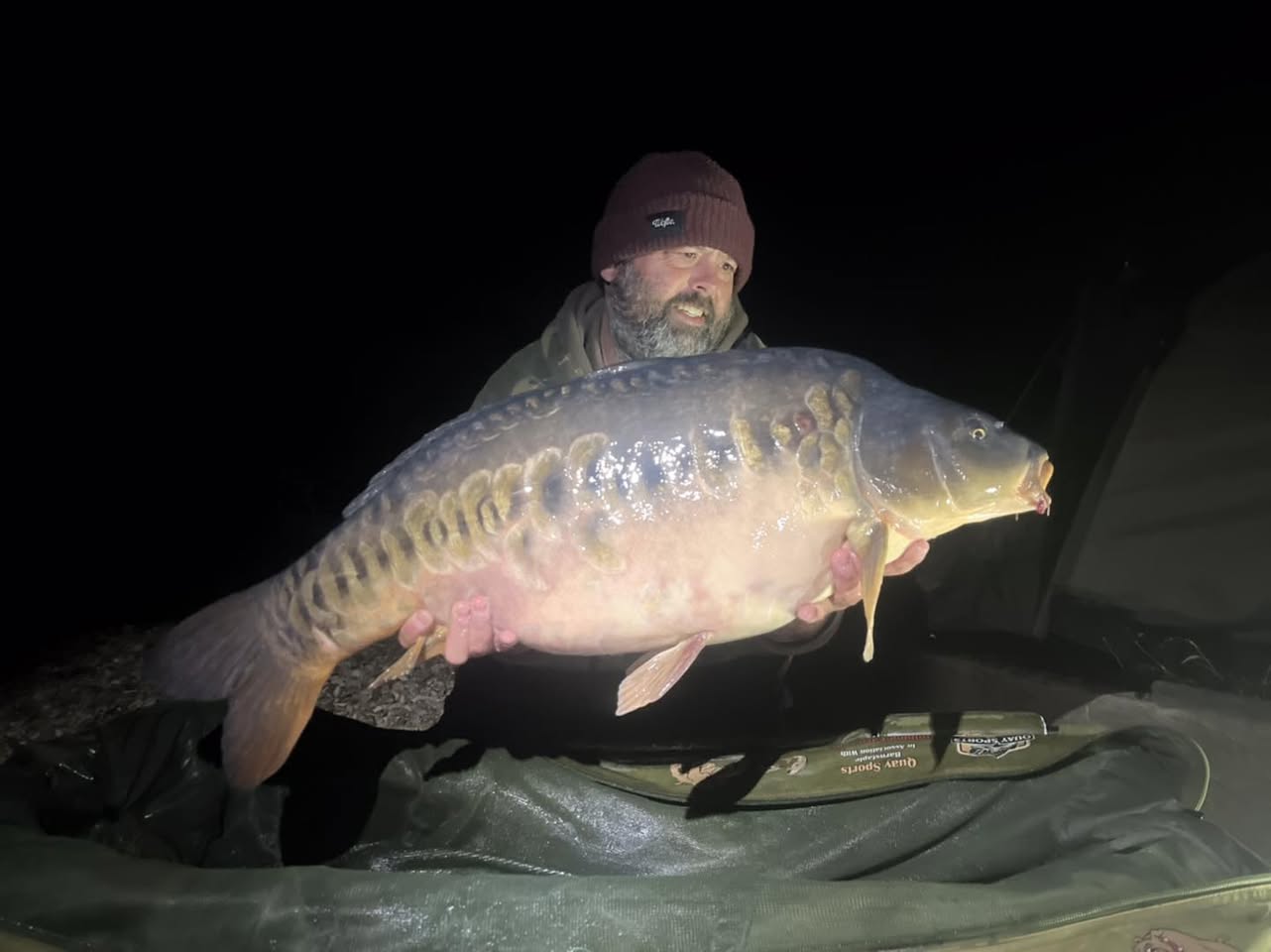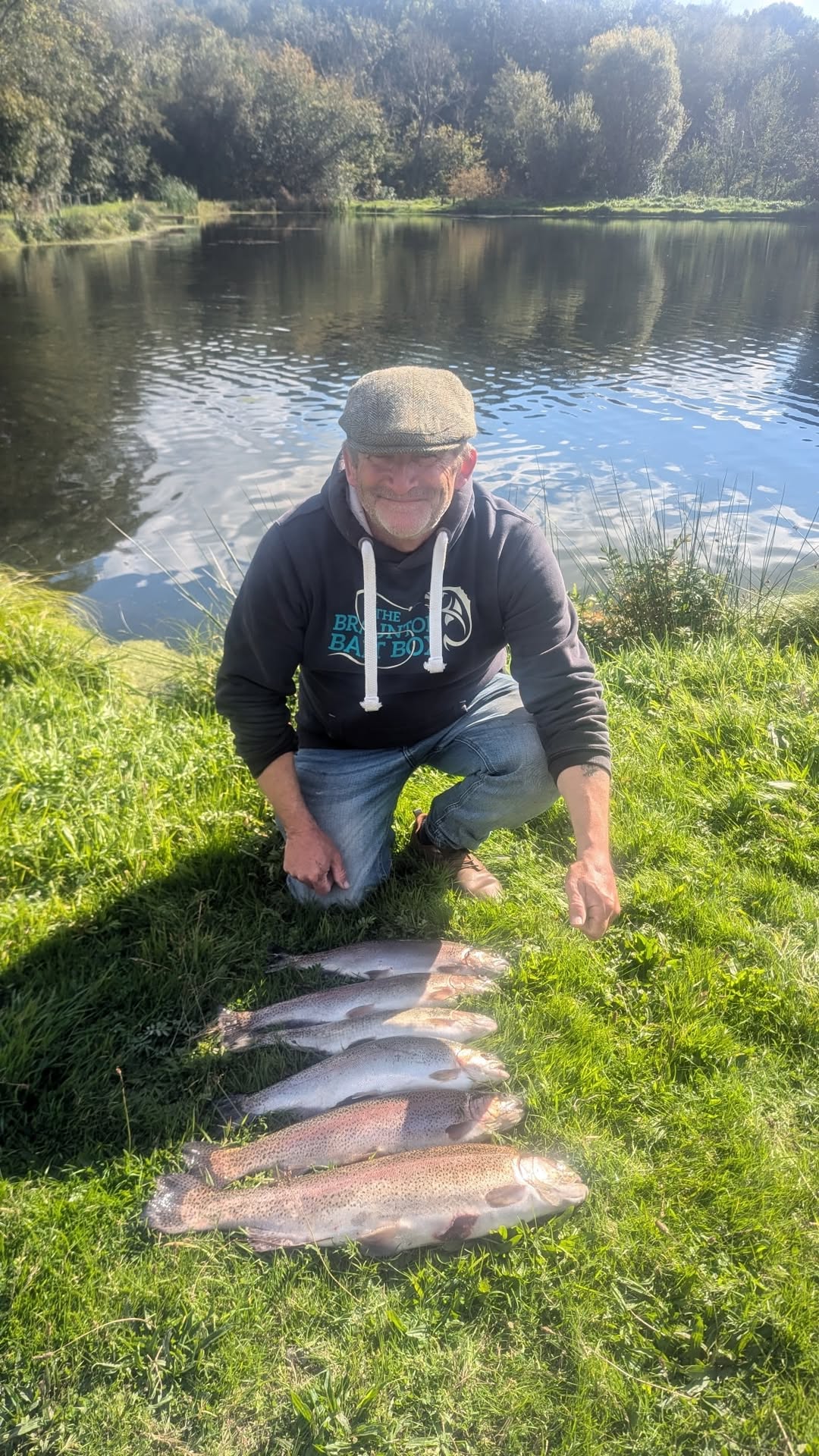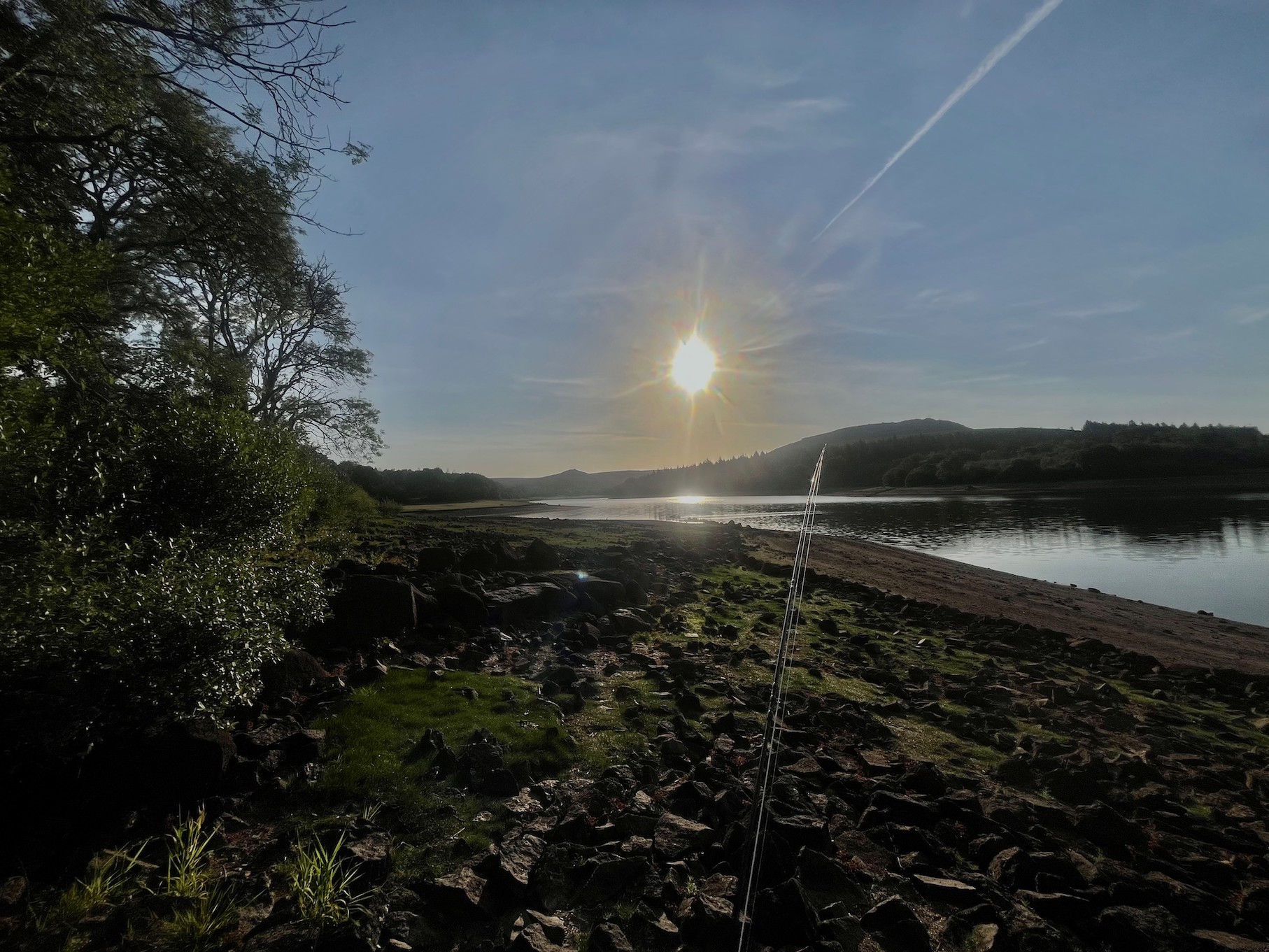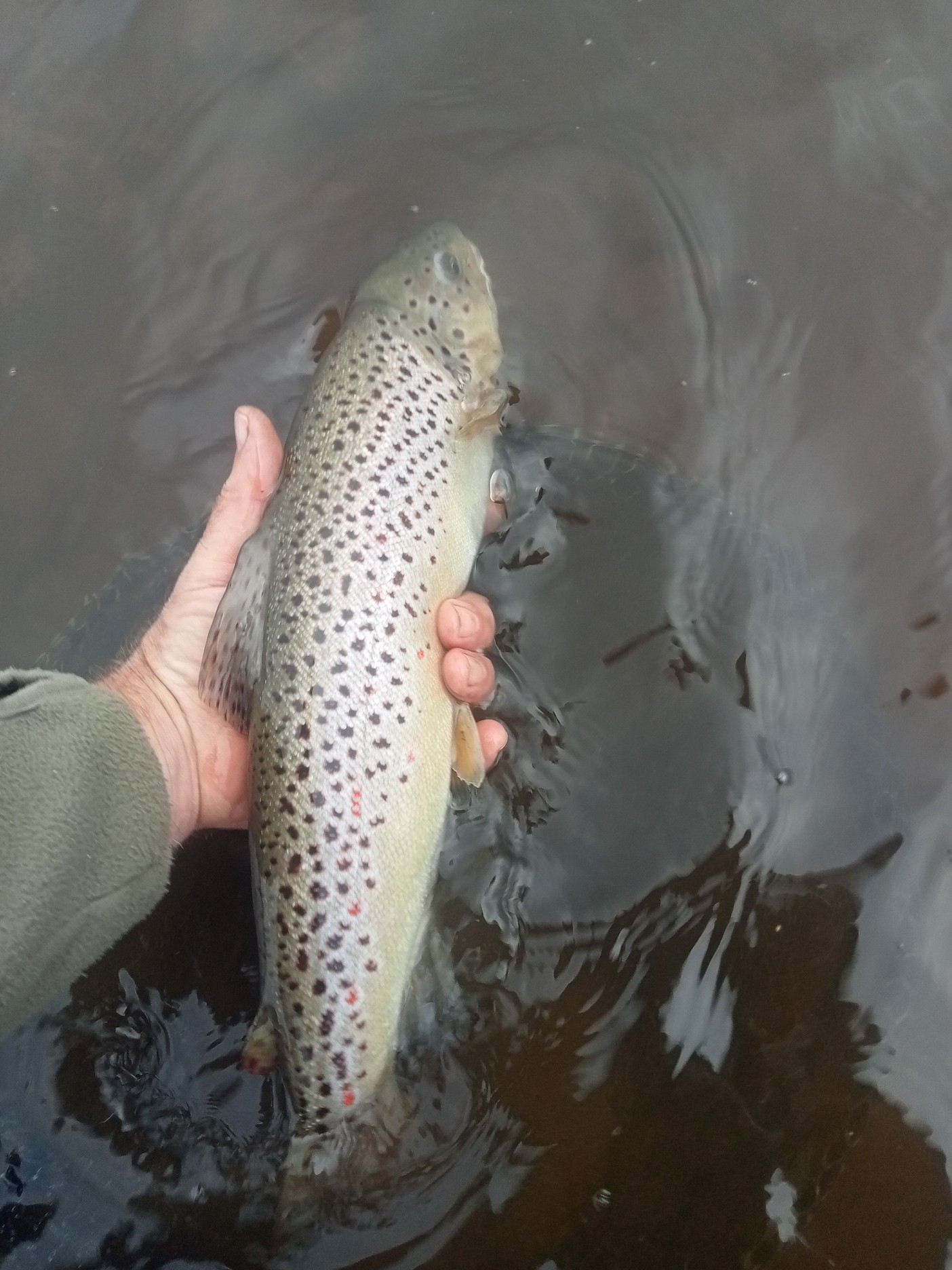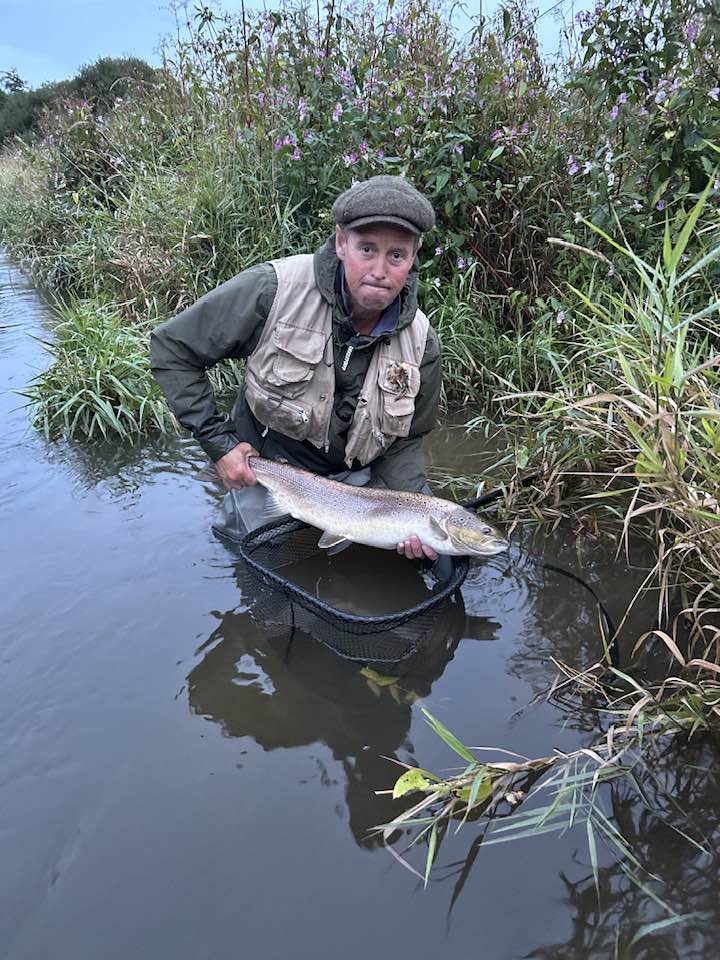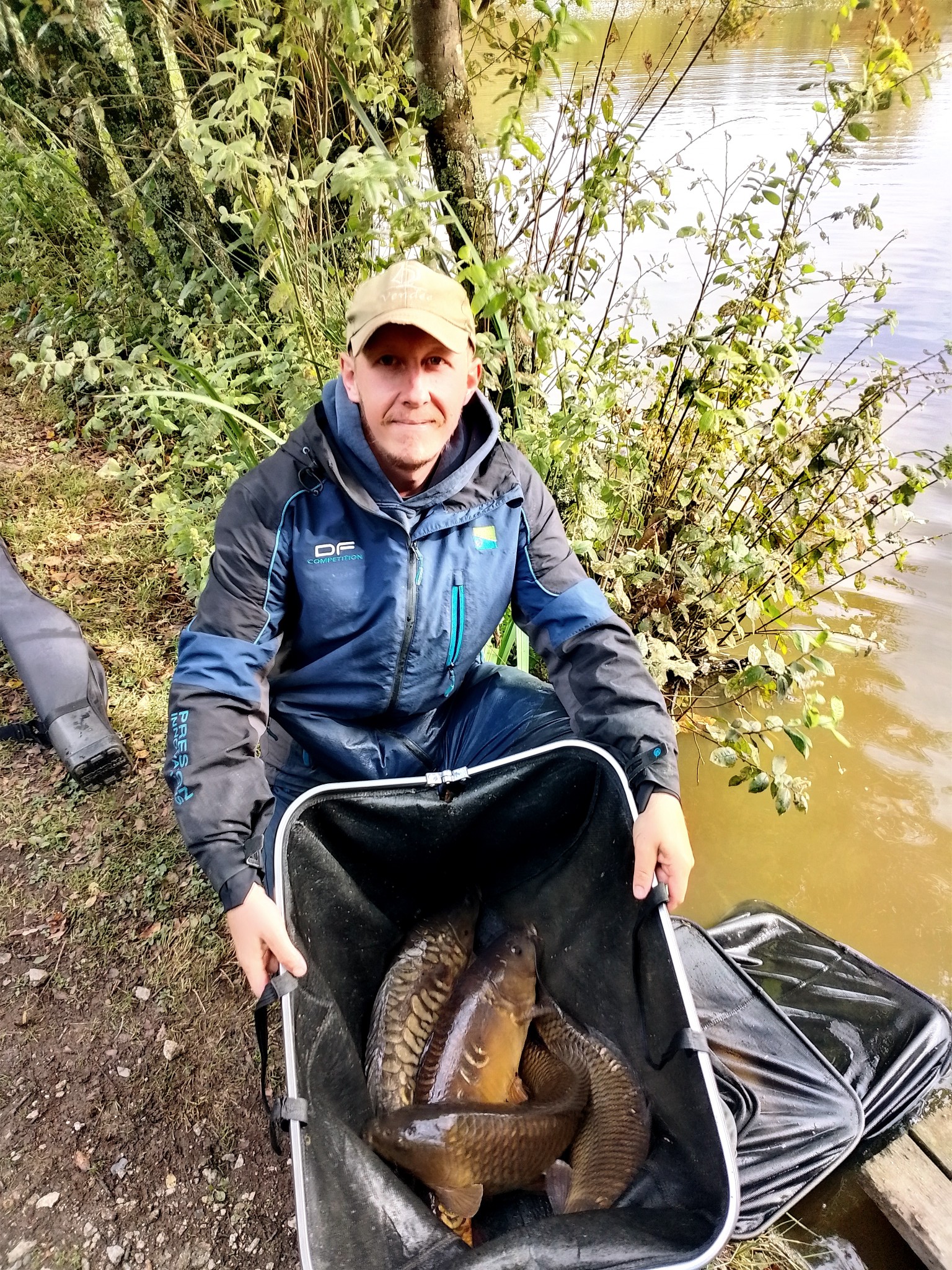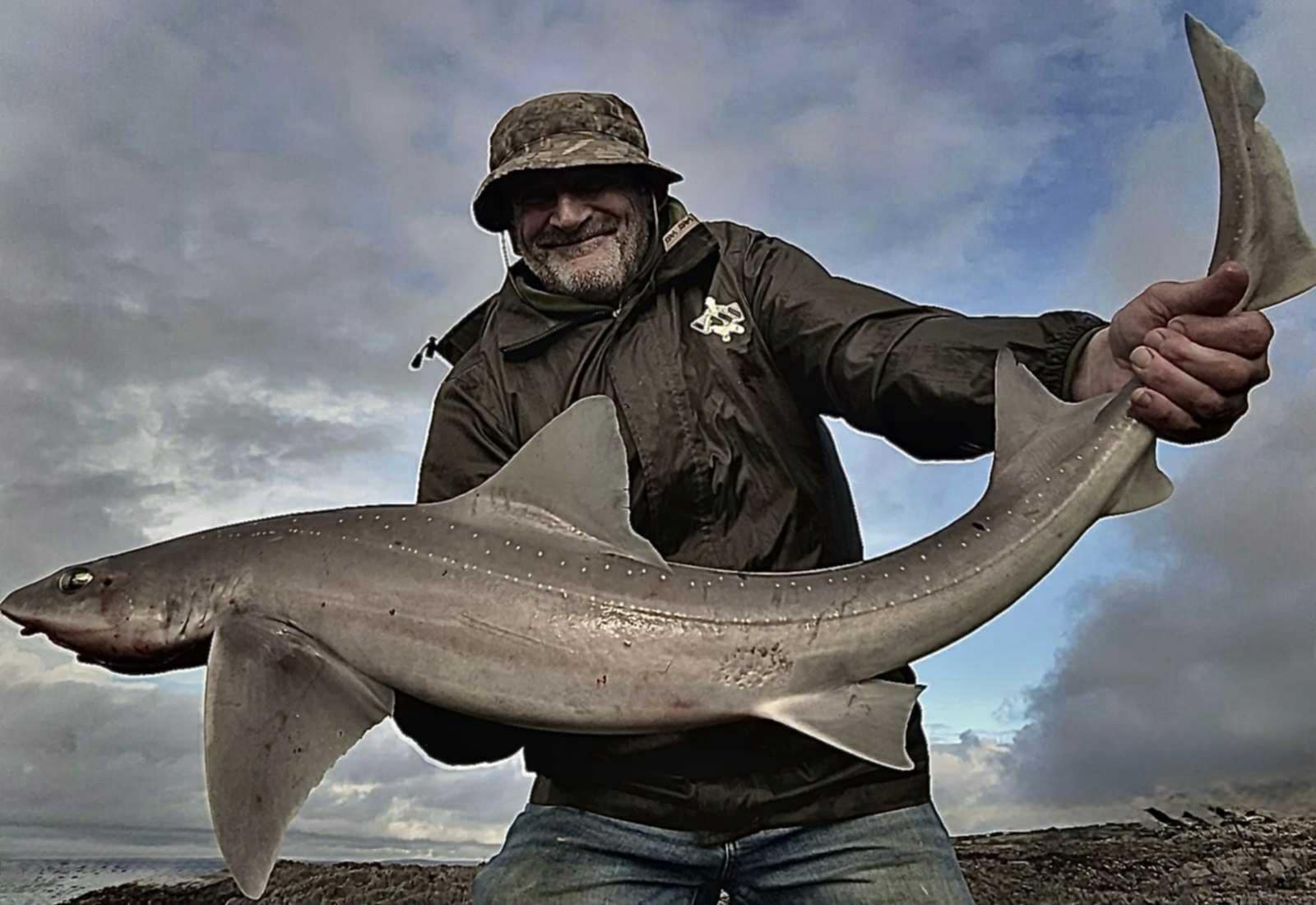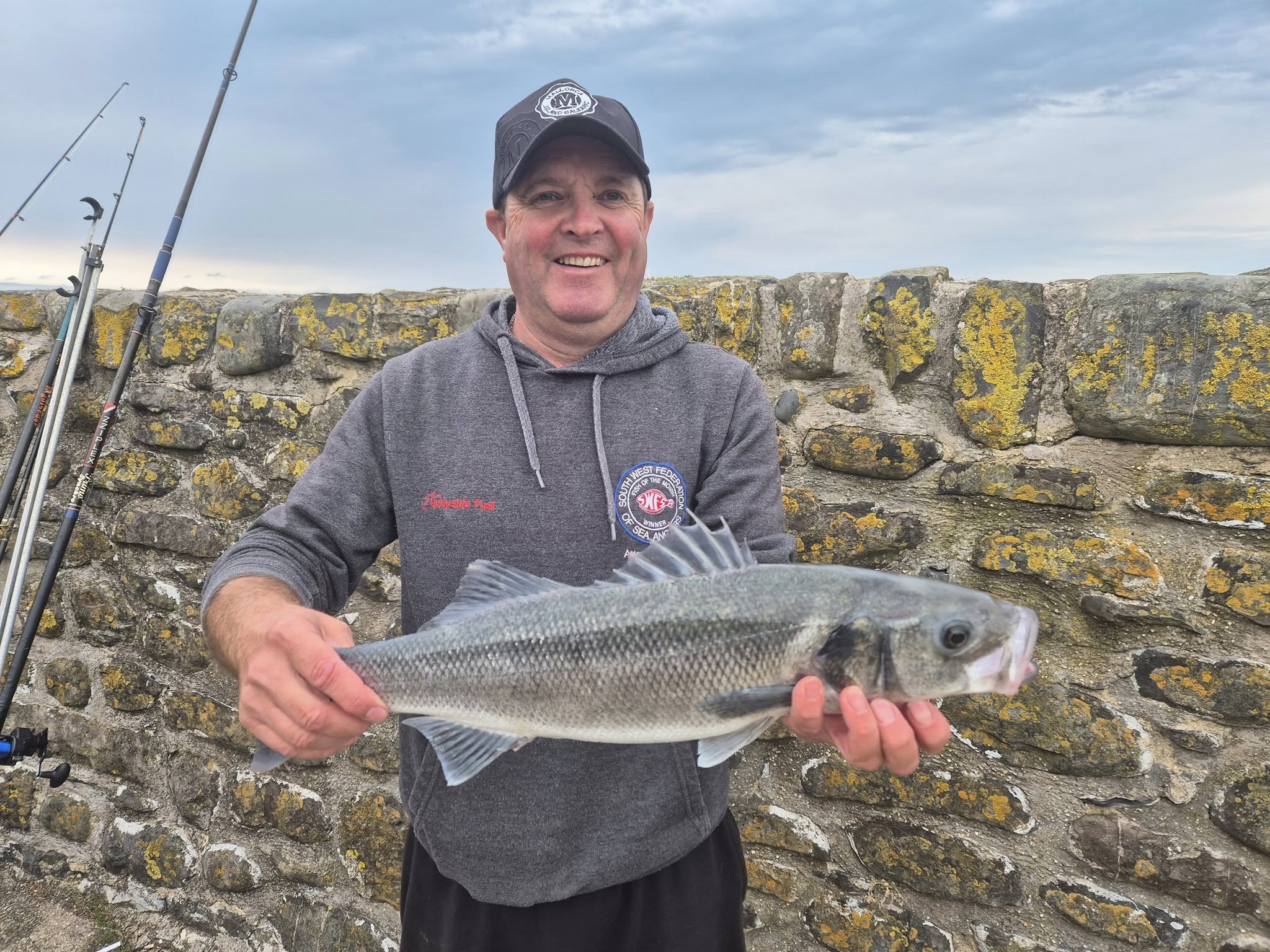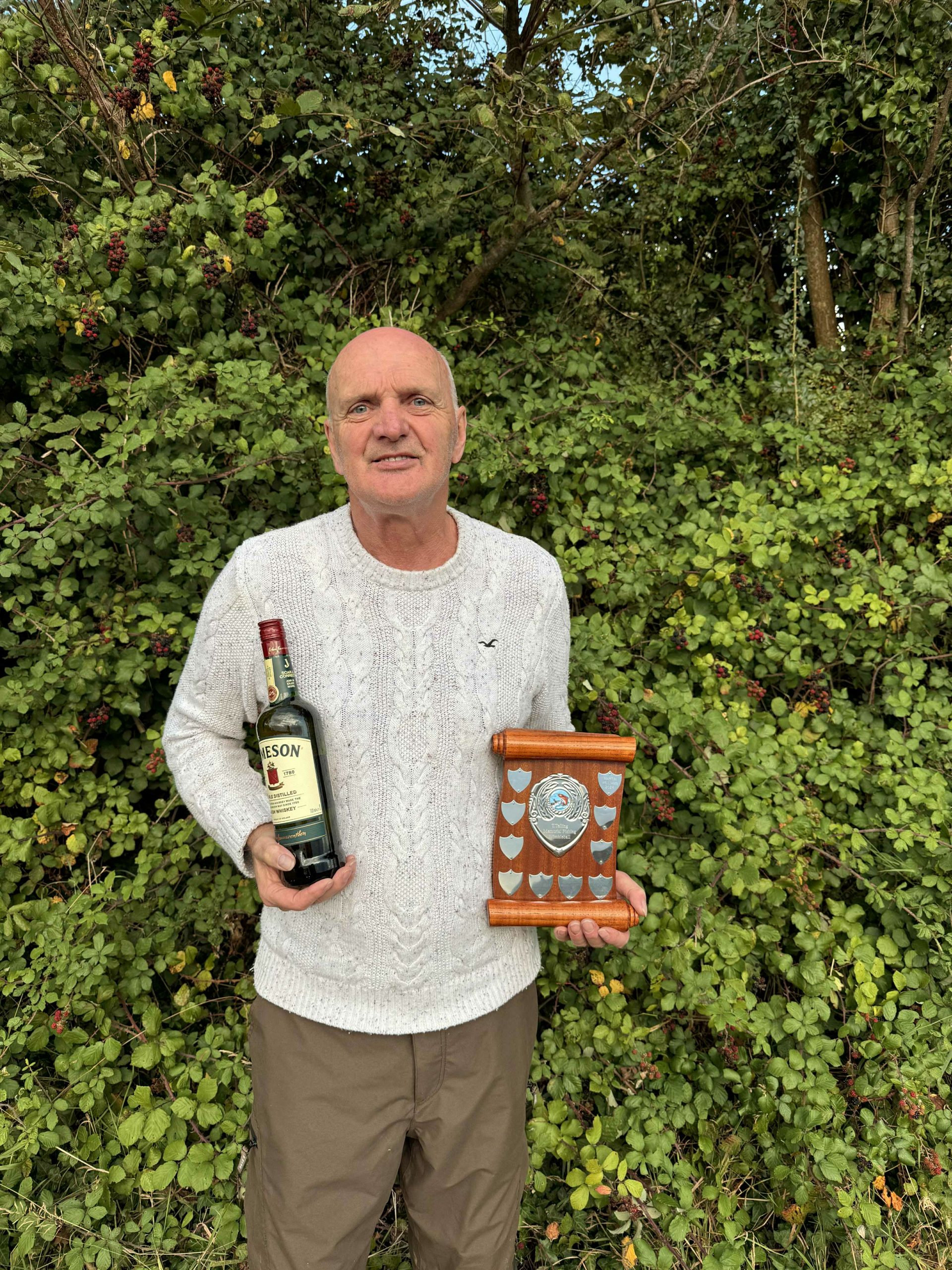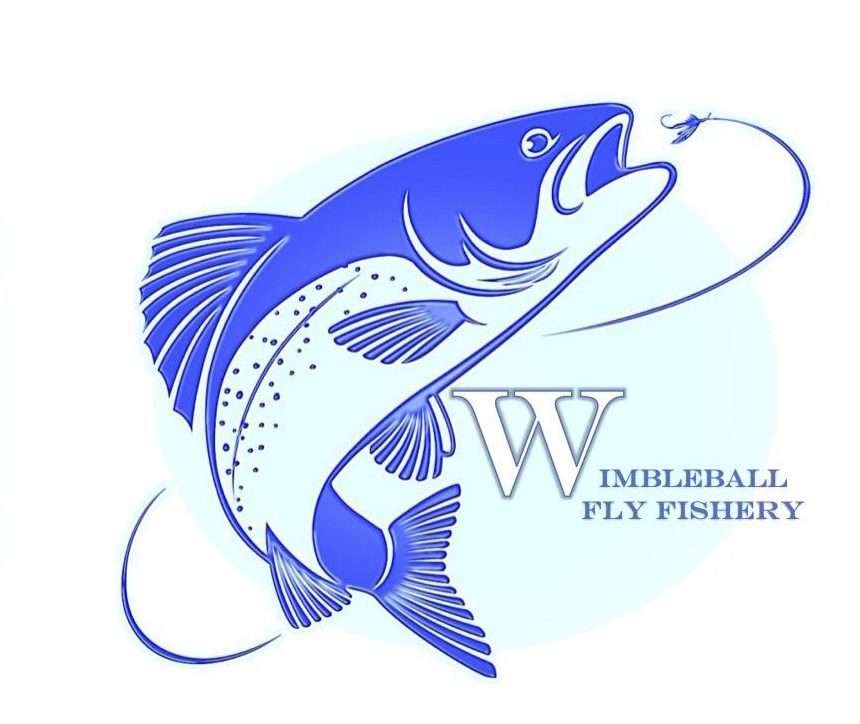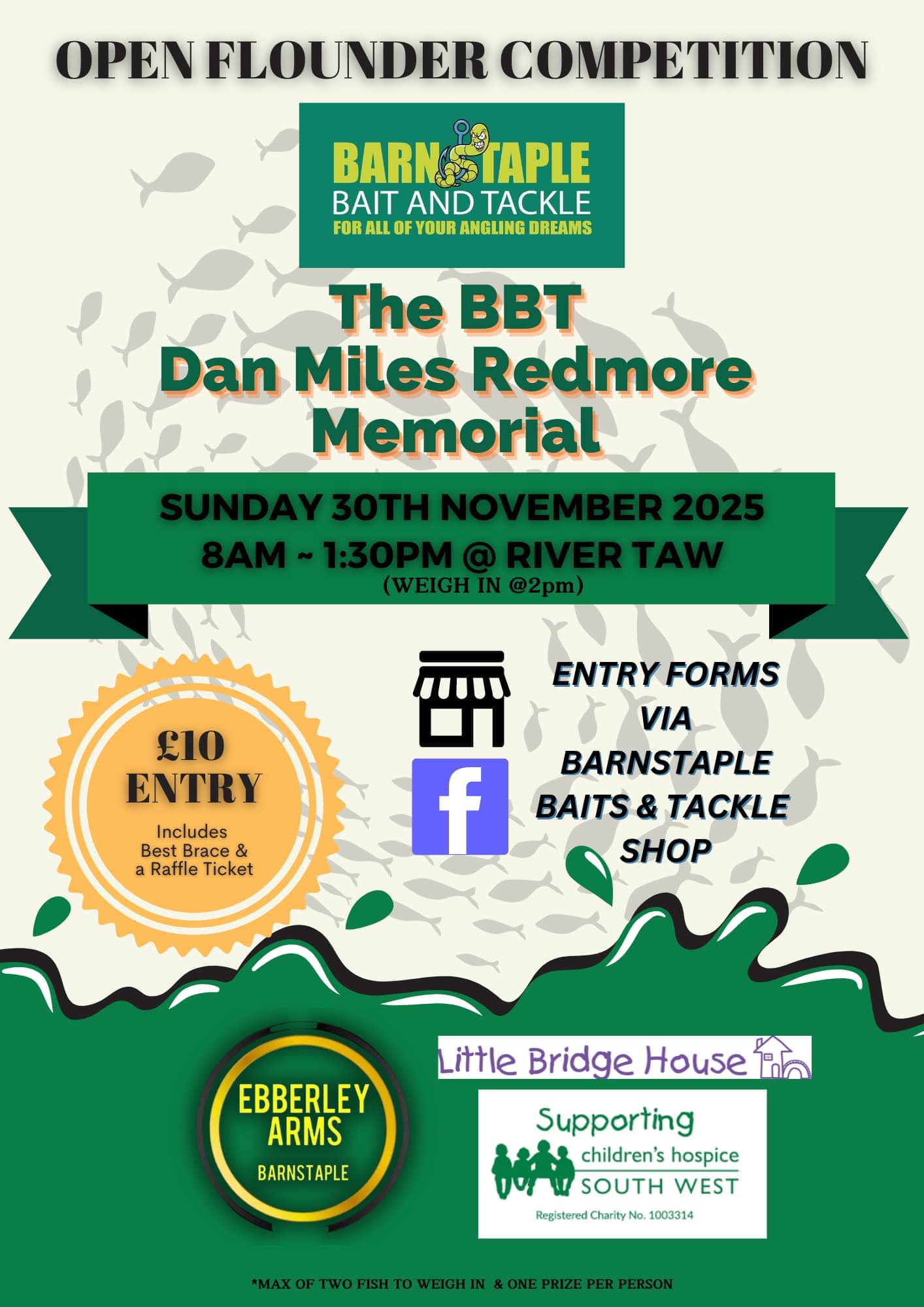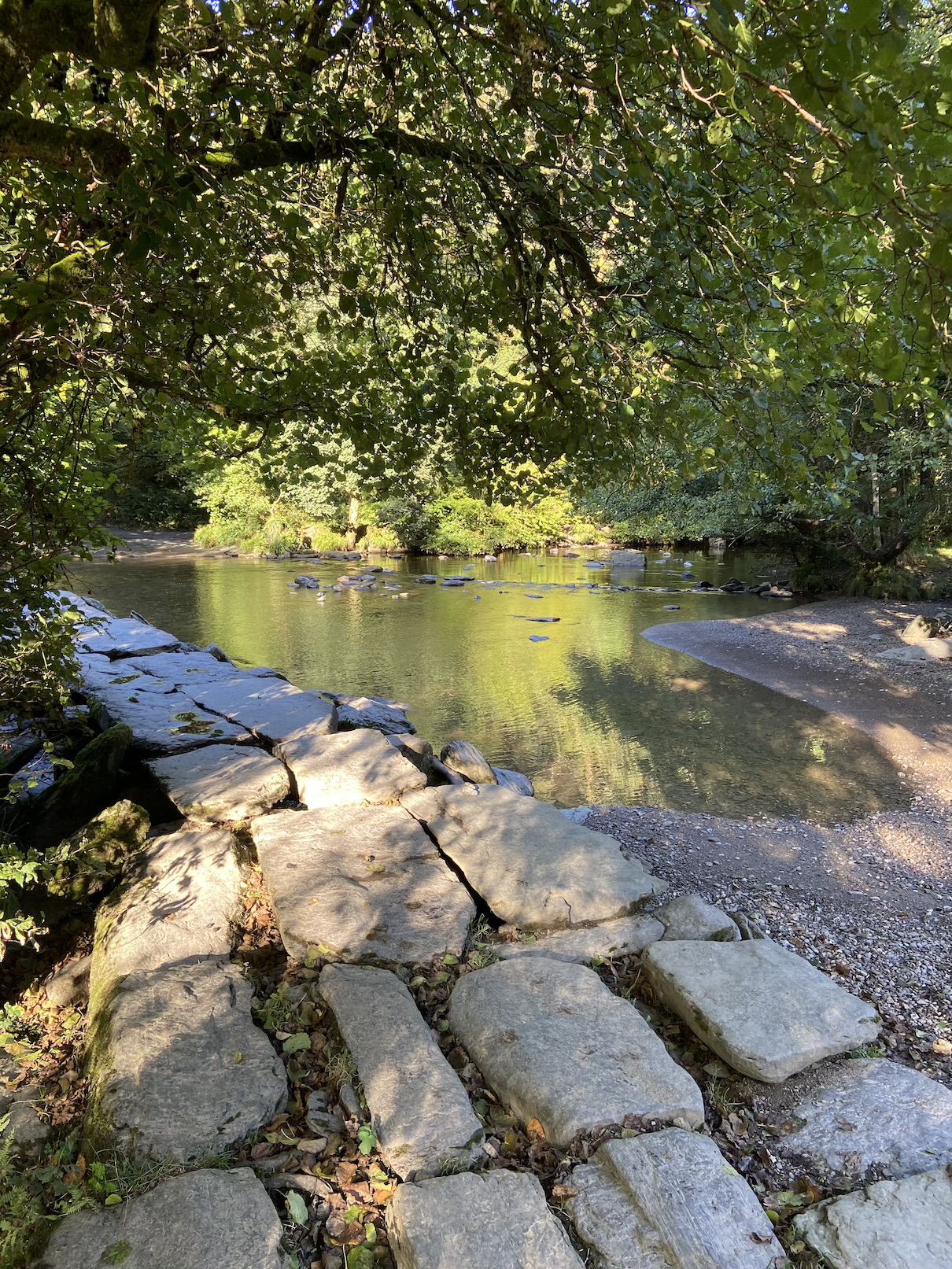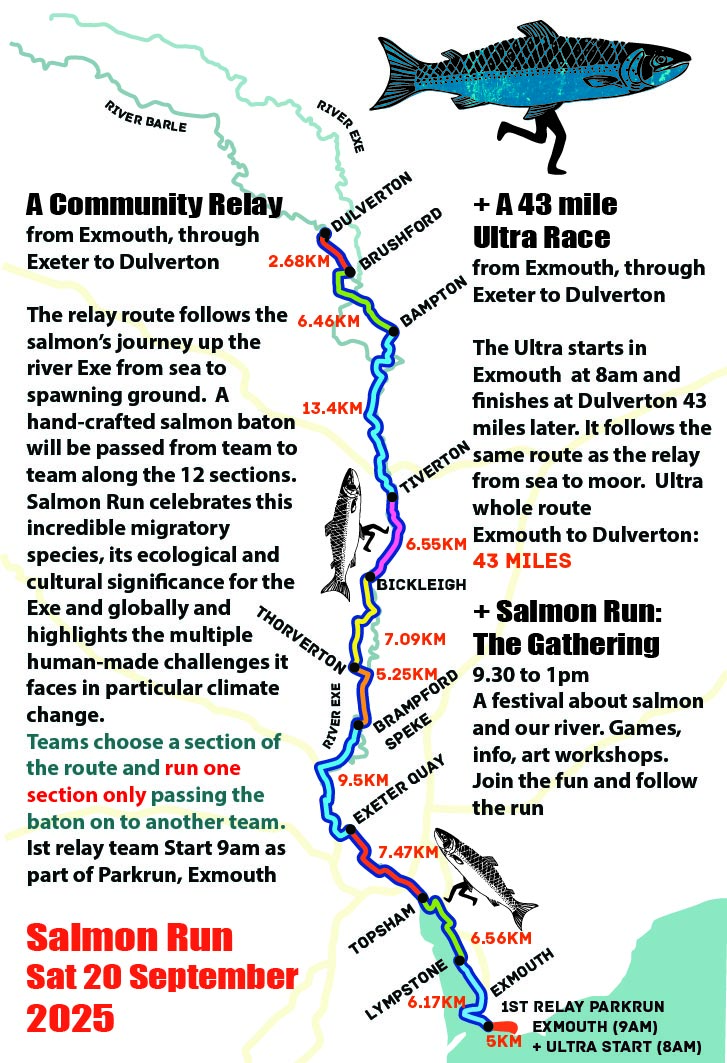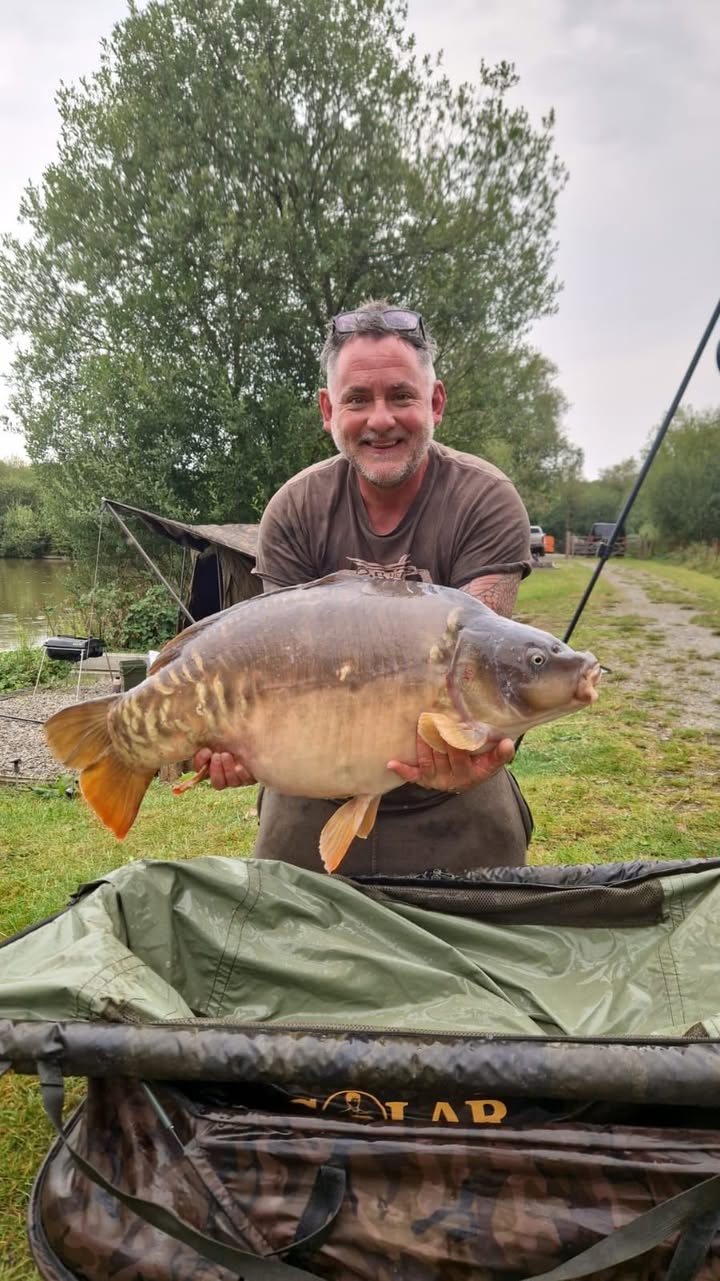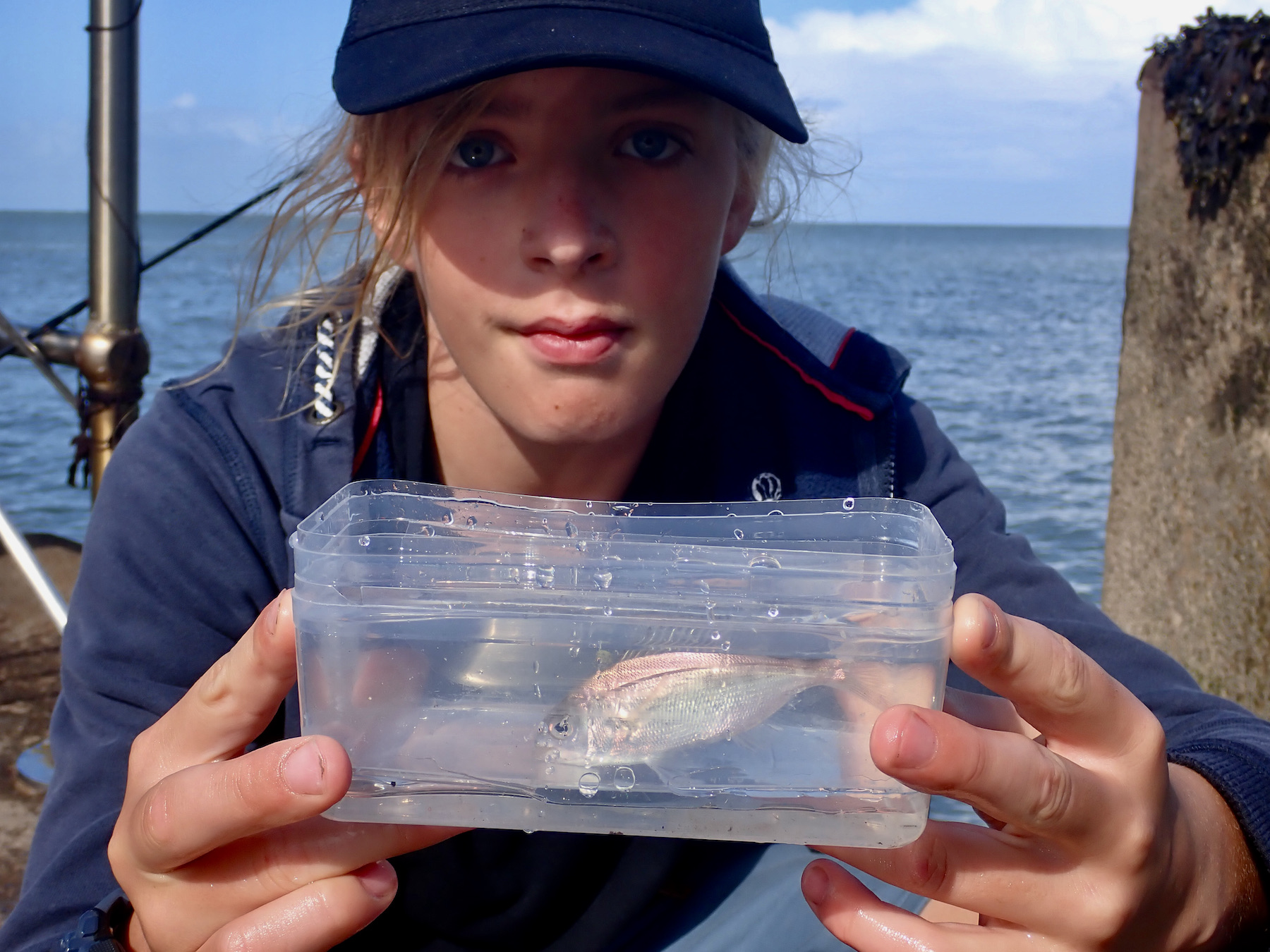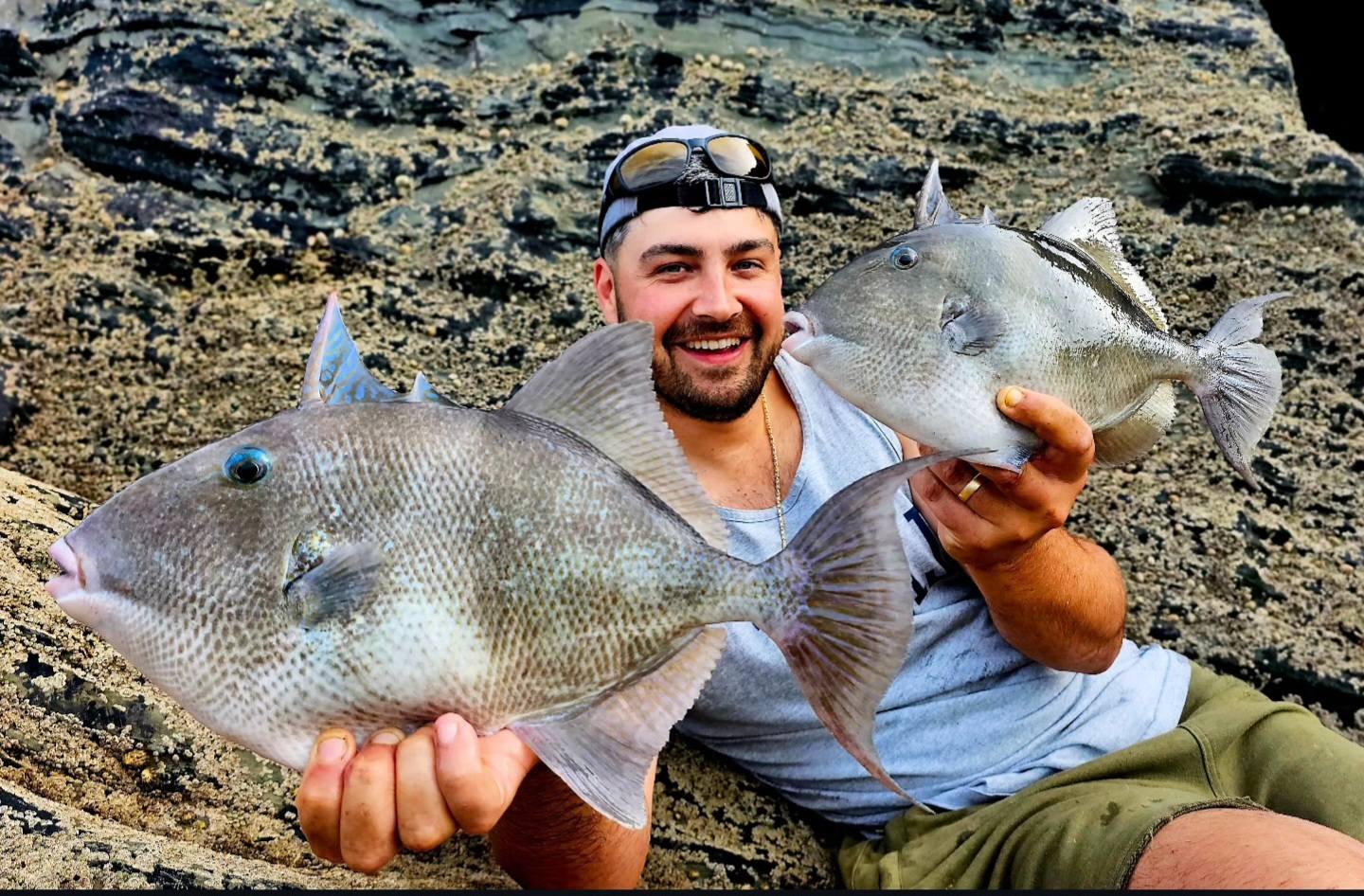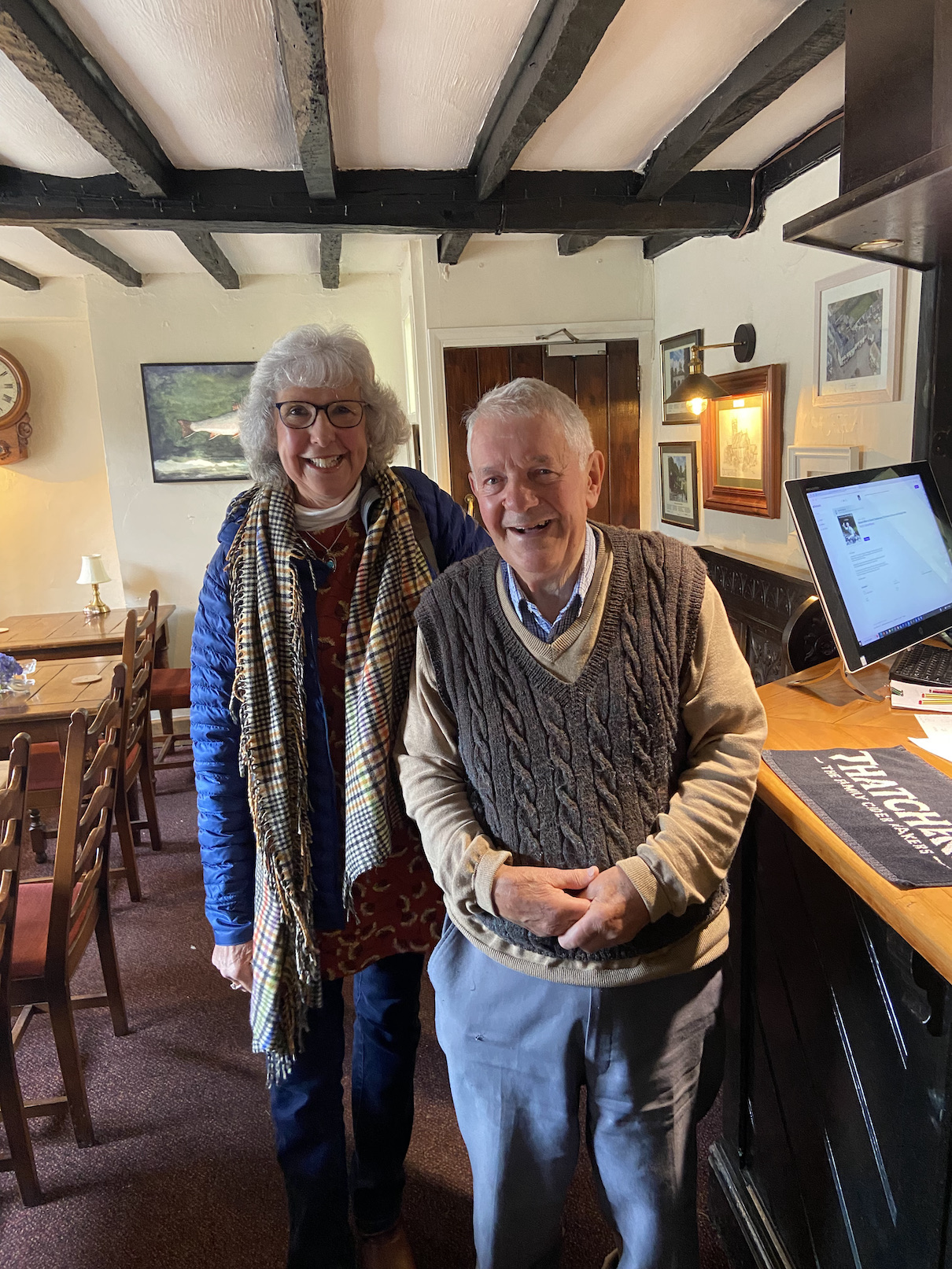The salmon and trout fishing season on North Devon’s rivers has closed with a flourish as September rains have rejuvenated the rivers to bring a very welcome flush of cleaner oxygenated water. Since late Spring the rivers have languished with low levels and high temperatures resulting in fishing being suspended for an unprecedented number of weeks.
September rod catches for salmon and sea trout on both the Taw and Torridge undoubtedly make up a significant percentage of the years total with an estimated thirty to forty salmon caught on both rivers throughout the month. This has been great news and a positive end to the season.
Ian Blewett secretary of the River Taw Fisheries and Conservation Association closed his season in style tempting four salmon from the Taw during the final days of the season.
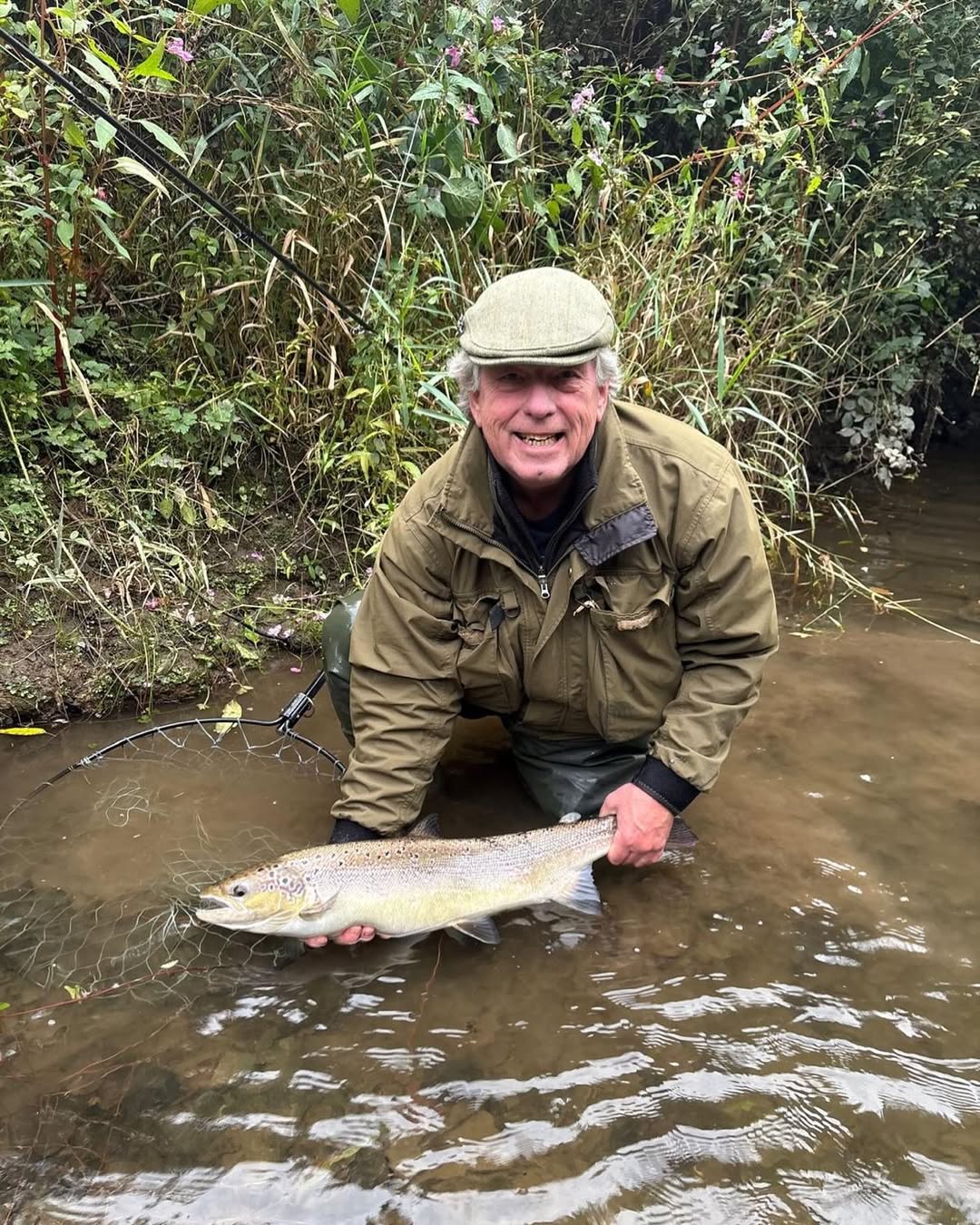

The historic Little Warham Fishery is changing hands after close to ten years in the custodianship of Anthony Wilmington and Amanda Milner. Anthony and his family are moving to a new location in the Torridge Valley where their deep roots with the river and its fish will continue. In a fitting close to an era Anthony tempted the biggest salmon from the Torridge this year estimated at over 20lb his second fish in a week as the river fined down following the big spate. Tony Bennett and James Crawford also enjoyed success during closing week of the season at Little Warham.
Amanda sent me this lovely account of the final day at Little Warham :-

The fishing was excellent and everyone enjoyed themselves. Lunchtime at the hut was full of reminiscing, and little Brook (now seven!) closed our time at Little Warham with the very last cast of the day.
As you can imagine, it was quite emotional for us both, reflecting on everything we’ve experienced here. From arriving to a house untouched for 50 years, to developing the holiday lets, to all the riverbank conservation and restoration Anthony has carried out — it’s been quite a journey. The fishing has been the icing on the cake, along with the lifelong friends we’ve made. All of this has deepened our connection to North Devon and to the Torridge.

What means the most to us is knowing we leave behind a lasting legacy at Little Warham — not only through the restored banks and healthier waters, but also in the spirit of community and friendship that has grown here. It feels good to know that the work and care invested will continue to benefit others long after our chapter closes.
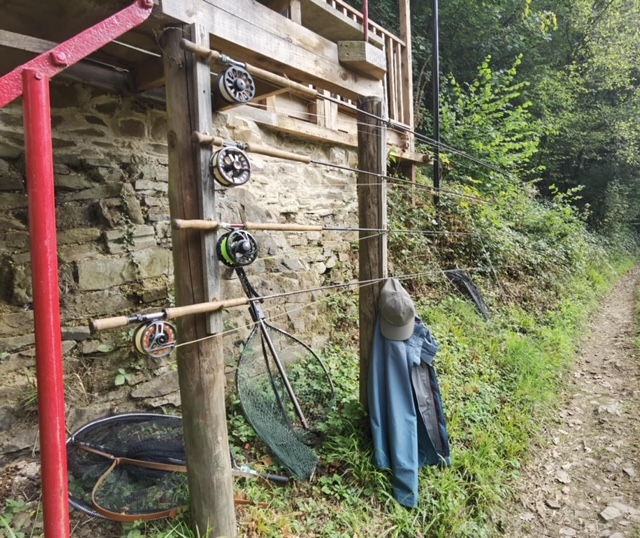
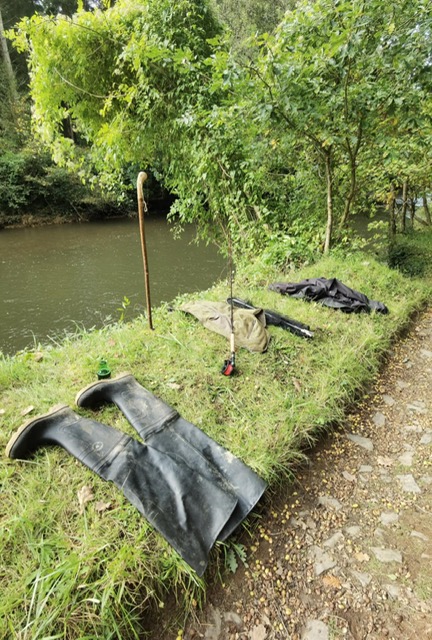
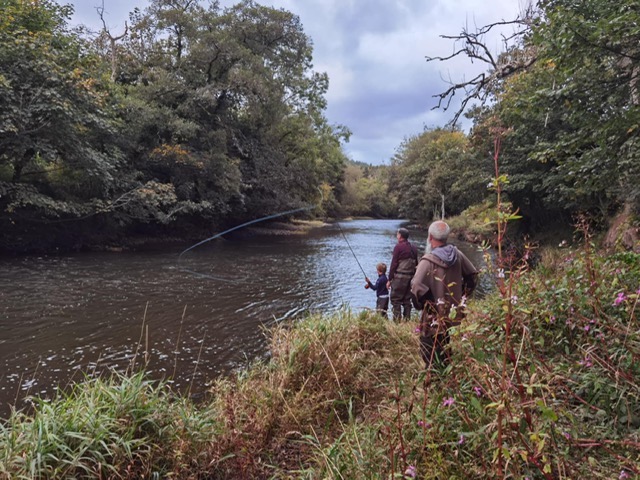
Our next venture will carry those roots forward. We’ll continue offering holiday lets, while Anthony expands his passion for guiding and tuition on both the Taw and the Torridge — opening the sport up to less able anglers as well. He’ll also be available for consultancy and support to riparian owners, drawing on his hands-on experience with the riverbank restoration and specialist tree operations. And of course, we’ll remain active in campaigning against river pollution, with the support of Fish Legal.
I said to Anthony that he couldn’t have wished for a better fish to mark his last week here — the biggest of the season on the Torridge. Really, you couldn’t ask for more.
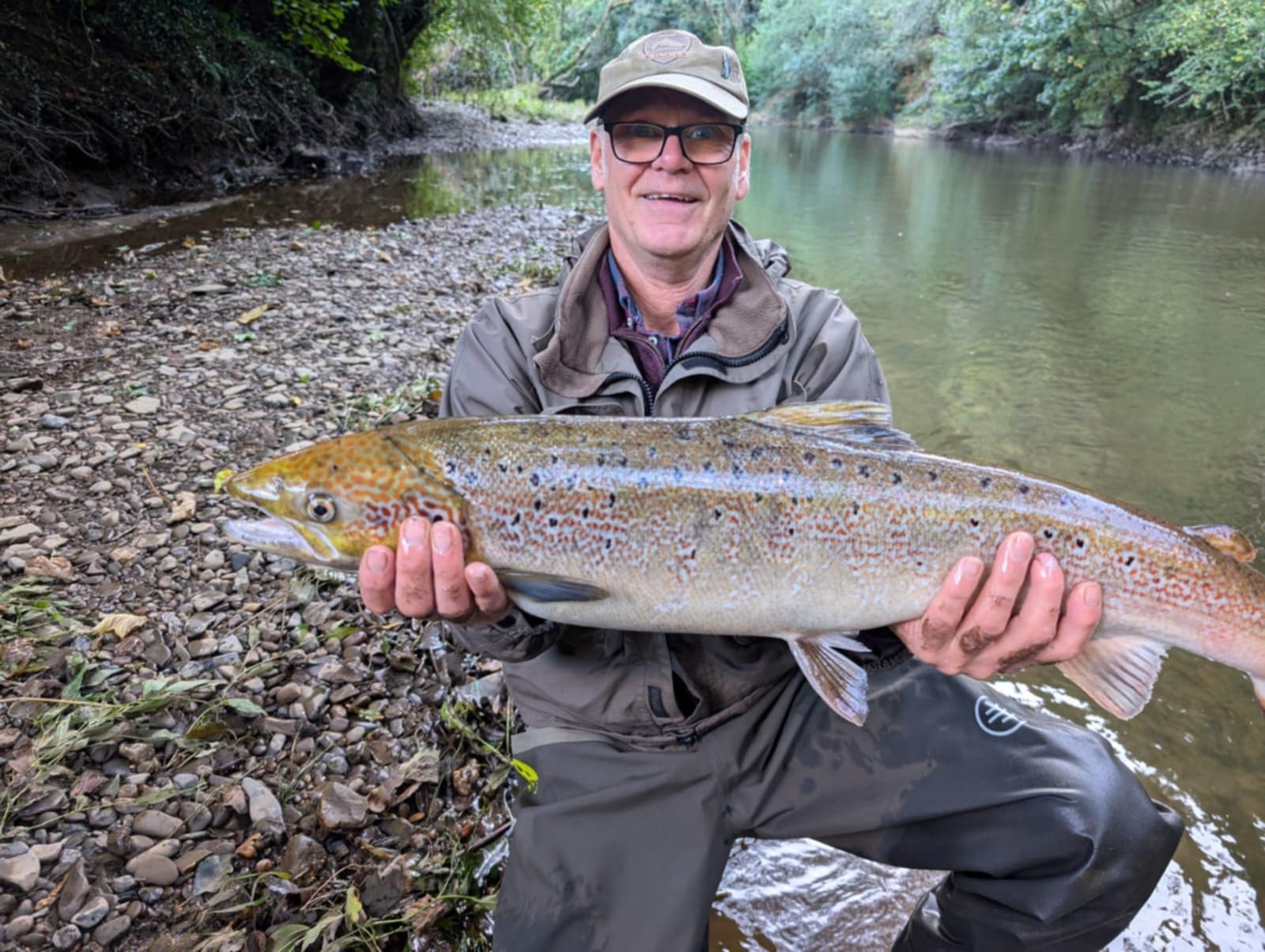

Below is a link to my report on visiting Little Warham in 2027.
Seth Tuson tempted a fine sea trout from a beat lower down the Torridge.
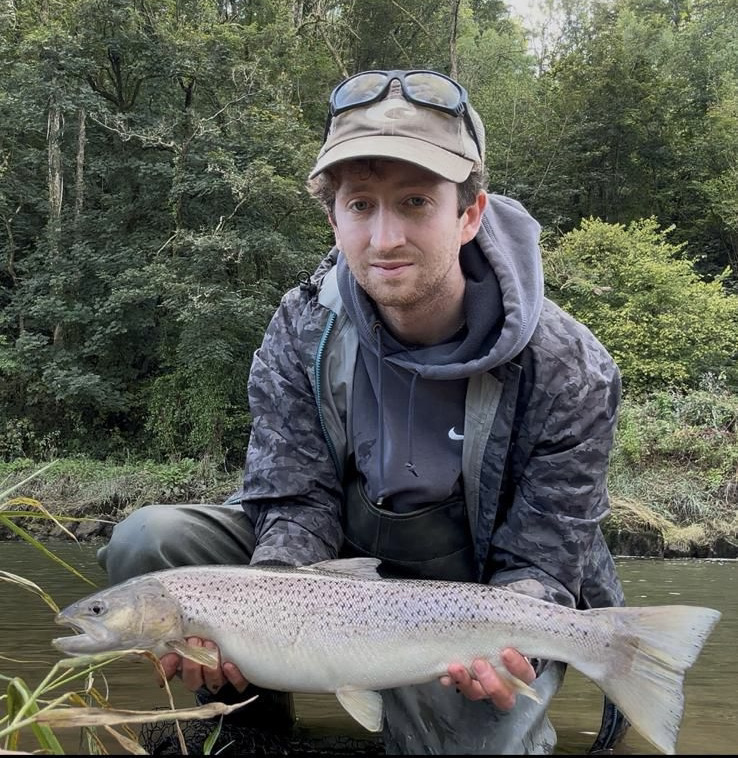
My own river season ended with two sessions in the closing week. The first to a Middle River Torridge beat that I have fished regularly over the past fifteen or so years. The conditions appeared to be perfect with the river carrying a healthy tinge of colour as it fined down following the long awaited spate. It was a delight to drift the fly across familiar lies and I expected a pull at any moment. It wasn’t to be however and I couldn’t help but reflect upon previous September days when I had caught salmon and seen plenty of fish showing. It seems that salmon fishing these days is very much like the National Lottery. You have to buy a ticket to have a chance but winning is so often just a dream.
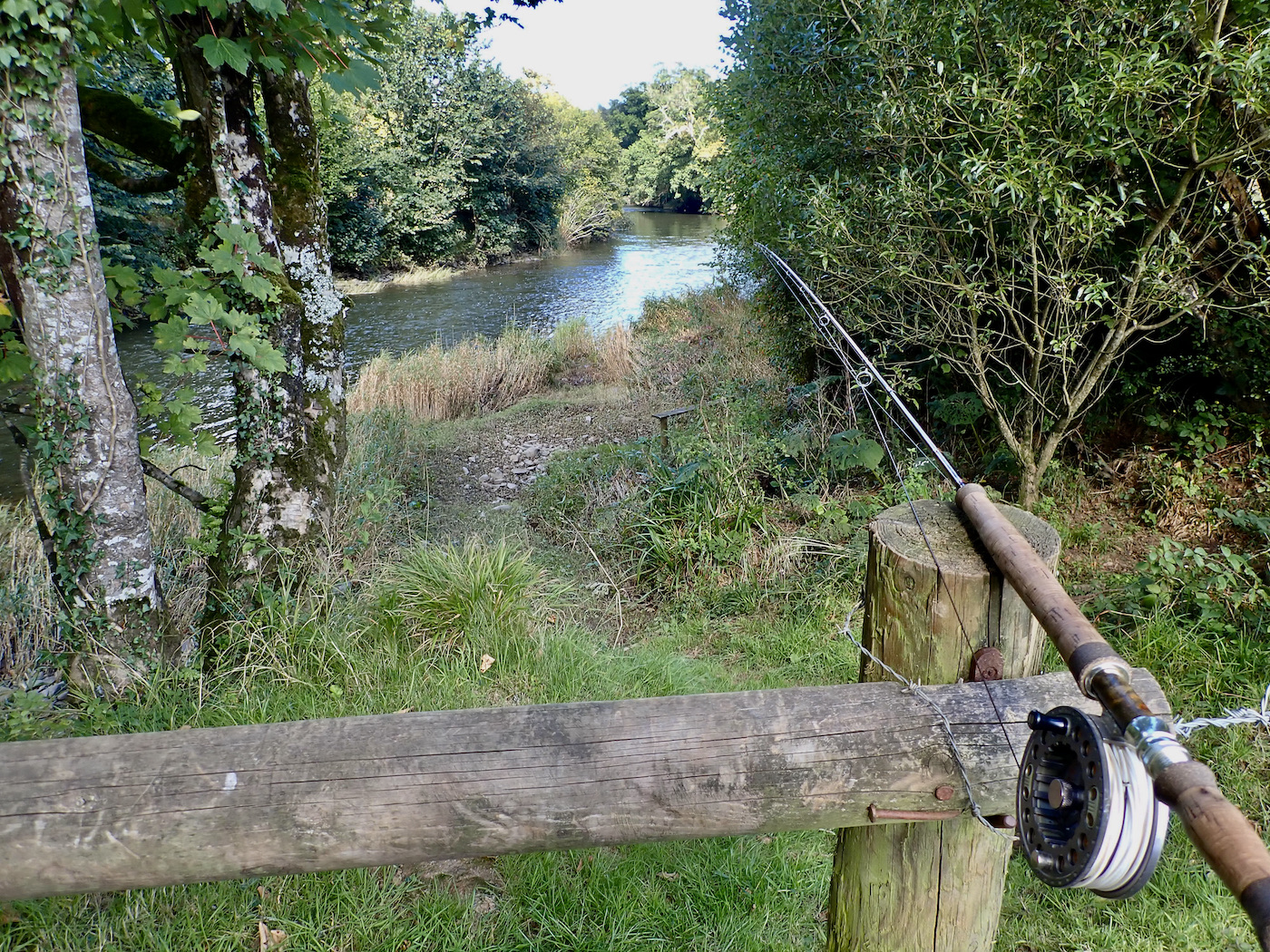

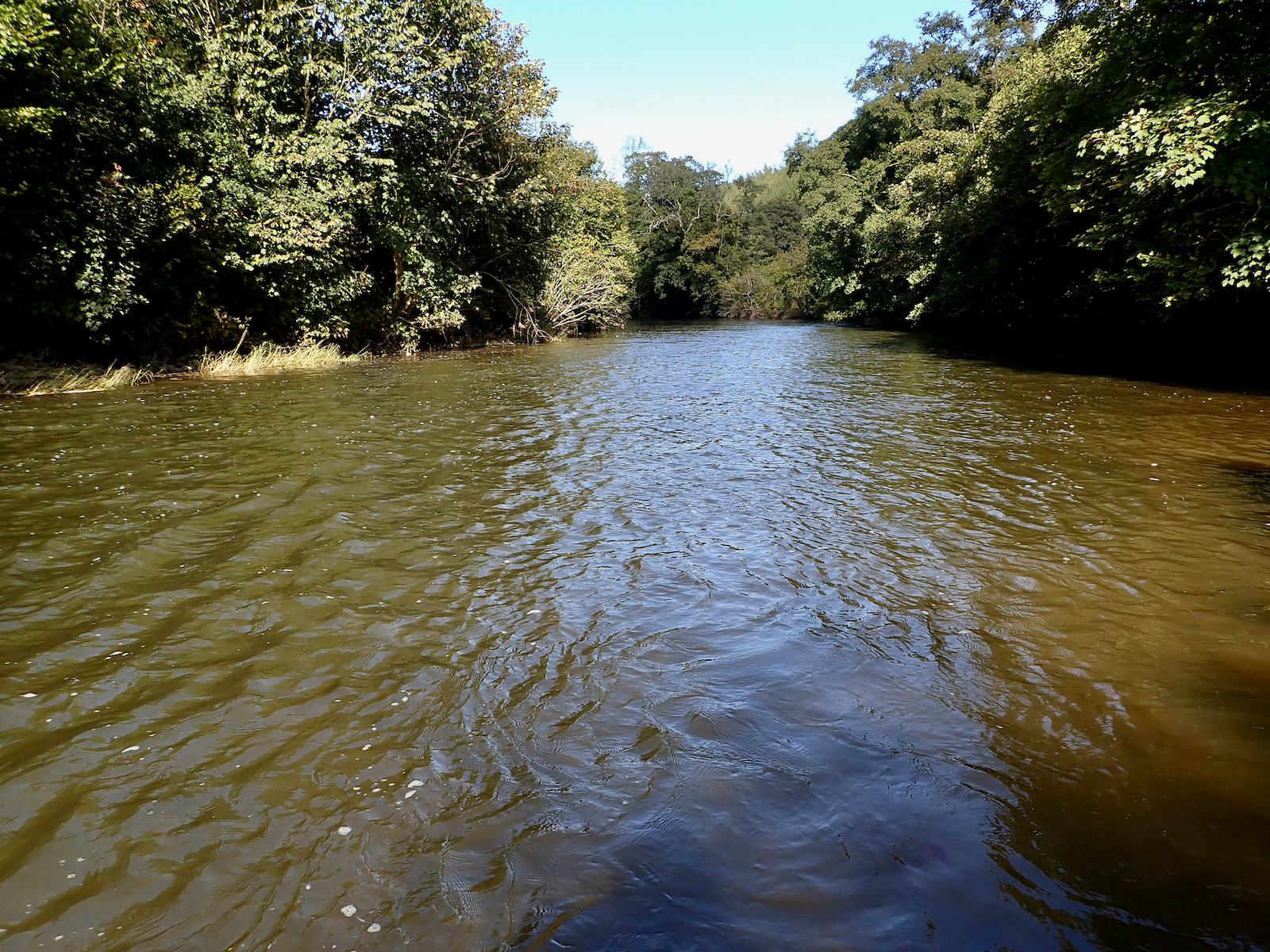

I closed the season searching the Upper reaches of a Taw tributary where I found feisty wild brown trout with flanks of bronze and olive hues decorated with crimson spots. These jewelled delights have been at my lines end since I was a child and still bring that same sense of joy.

